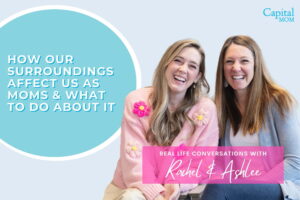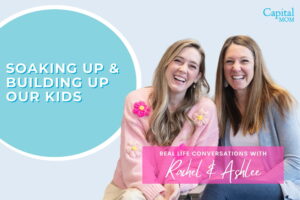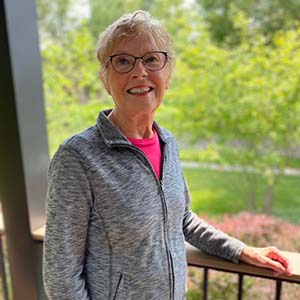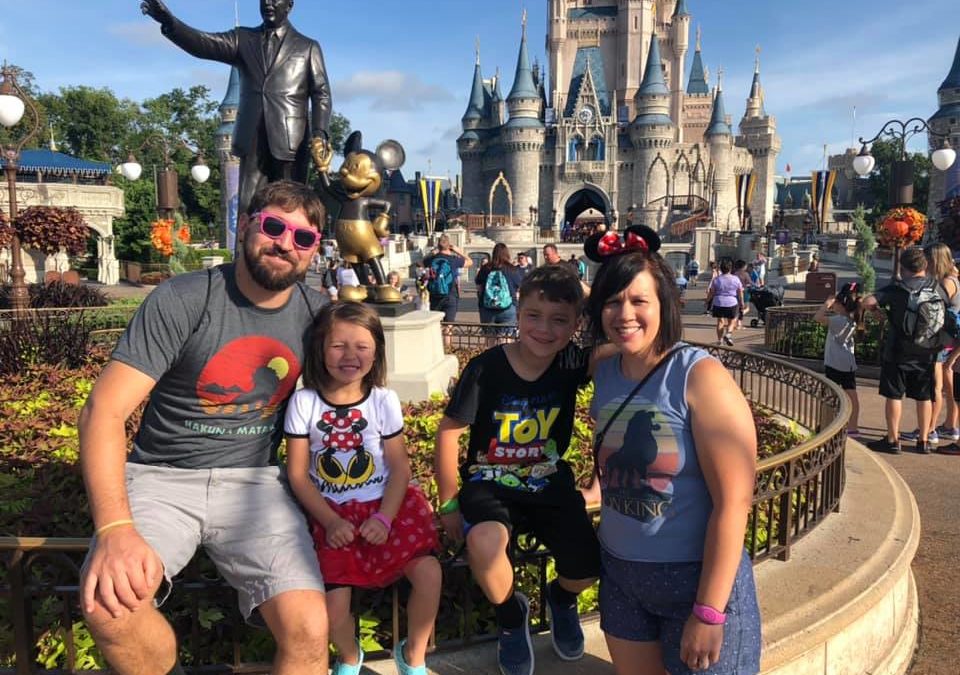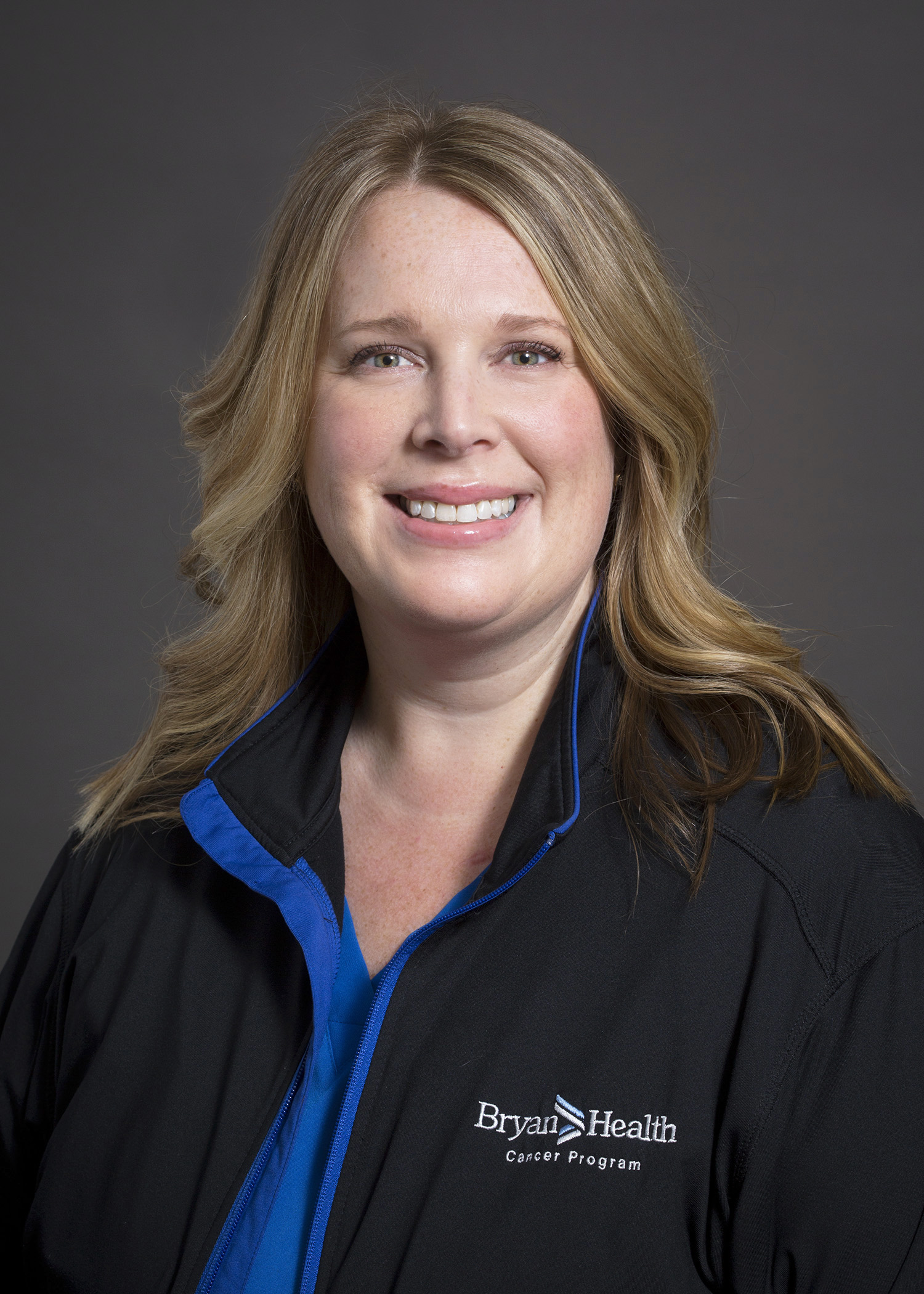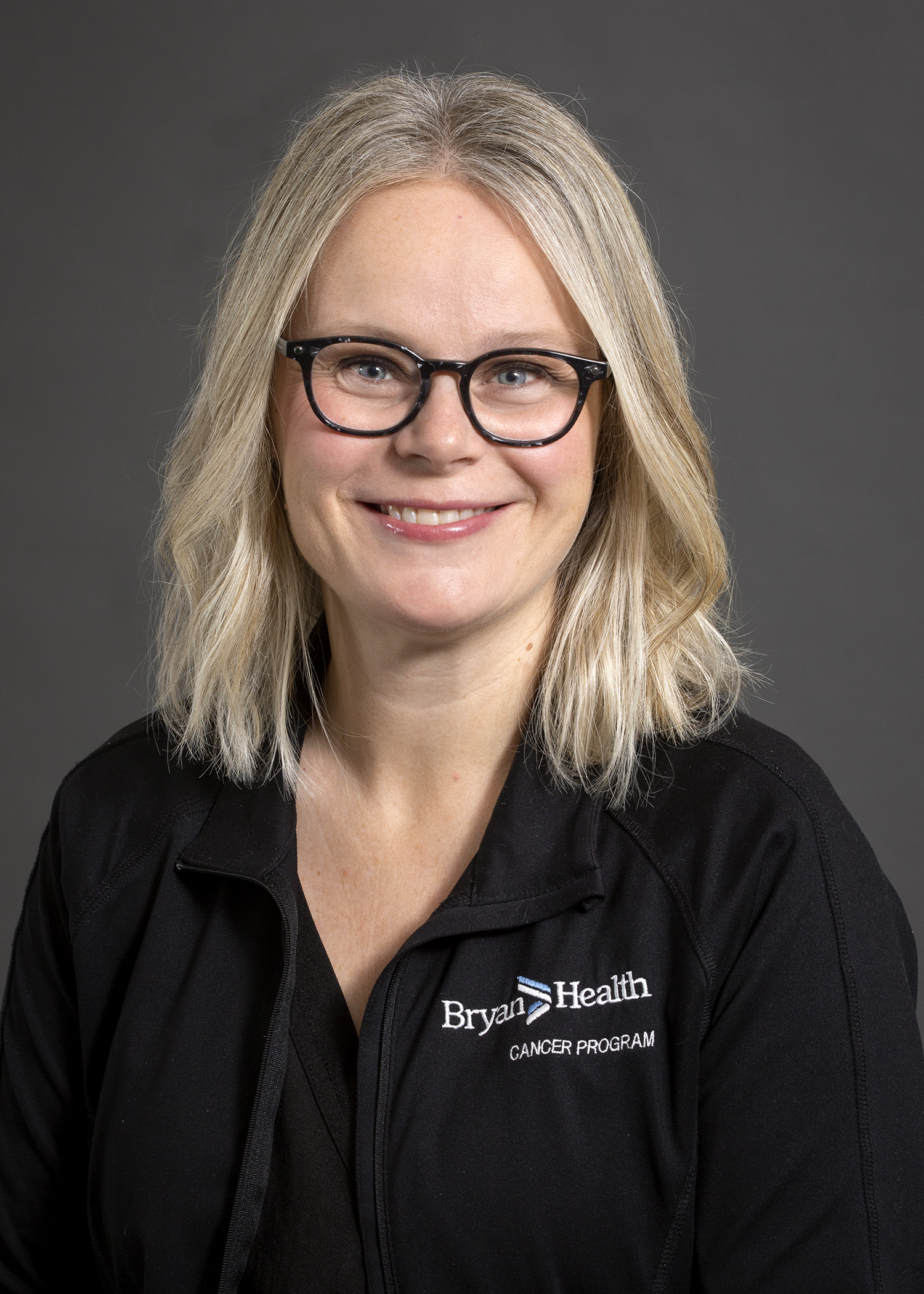
What Do I Want to be When I Grow Up?
What do you want to be when you grow up?
It’s one of those questions you’ve probably thought about countless times since you were little. And as you got older, the question started to feel more real, especially when teachers, parents, and even friends started asking.
Young graduates might imagine that discovering your passion happens the way it does in a movie: with a flash of insight and a trumpet blast. But before that flash or any other insight, I was struggling to find myself. I was waiting for the next moment when you know exactly who you are meant to be.
Planning Your Future Is Tough
Like many 18 year olds, I went to college not knowing what I wanted to do. I knew I wanted to be a mom, but I also knew that I needed a degree. After four years, I graduated with a degree in journalism, I had a full-time job, and Mitch and I were engaged to be married that next summer, which led to me becoming a mommy, my true passion.
I can say the reality of following your passion isn’t very romantic. It takes time to develop a direction that feels so in-the-bones right that you never want to veer from it. I never really had that moment or feeling.
Now that I am a working mom and have two wonderful children, I find myself in my mid-thirties, growing and changing into an entirely new version of me, long after the world has stopped expecting me to develop further. I’ve experienced a significant growth spurt in the past couple of years (not in height, sadly), which has led me to wonder: “What do I want to be when I grow up?”
Figuring Out the Next Phase in Life
I’ve been at the same company since graduating from college. I’ve moved around within the company, but now I feel stuck and don’t think I can move up anymore. But this is all I’ve known. Is this my passion? Can I really see myself doing this for the rest of my life? Should I settle?
This job is just a job. I never saw myself in this role. I never wanted this. It’s a good job that pays okay, the people are great, and it allows me the time I need to be a mother. But is it a job or my passion? I consider myself a “boss mom,” but I want more.
I’m playing a waiting game. My husband is currently getting his master’s degree and trying to figure out what career path he wants to follow. He has a vision, he has a passion, he has an understanding of what he wants to do. He is taking the steps he needs to obtain his passion. From the moment he started college, he knew he wanted to help children in difficult situations. He has a purpose. He has a passion.
The Present Is as Bright as the Future
But I sit here struggling to find a passion that will make me money. I know money doesn’t buy happiness, but it does pay the bills. I’ve already obtained my true passion which is, of course, being a mom, but now what? I wait for my husband to finish school and see where his degree takes us, but for me, the world has misrepresented life as to cause people to resist adulthood and then have a crisis thinking their best years are behind them before they’ve reached their thirties?! Is this all there is? By no means!
Life is good right now. I can sit back and enjoy it, but I know that there’s more (far more) to life than this. Further up and further in!

Mallory Connelly
Babies & Toddlers
In addition to the time I devote to being a mom, I also work full-time outside the home, which means my day is hardly ever as simple as nine to five. With an all-too-established schedule, as soon as I walk through the door, my day doesn’t end, but rather just begins. It’s a balancing act, especially with two children, but being a mom is one full-time job that I never want to quit!



